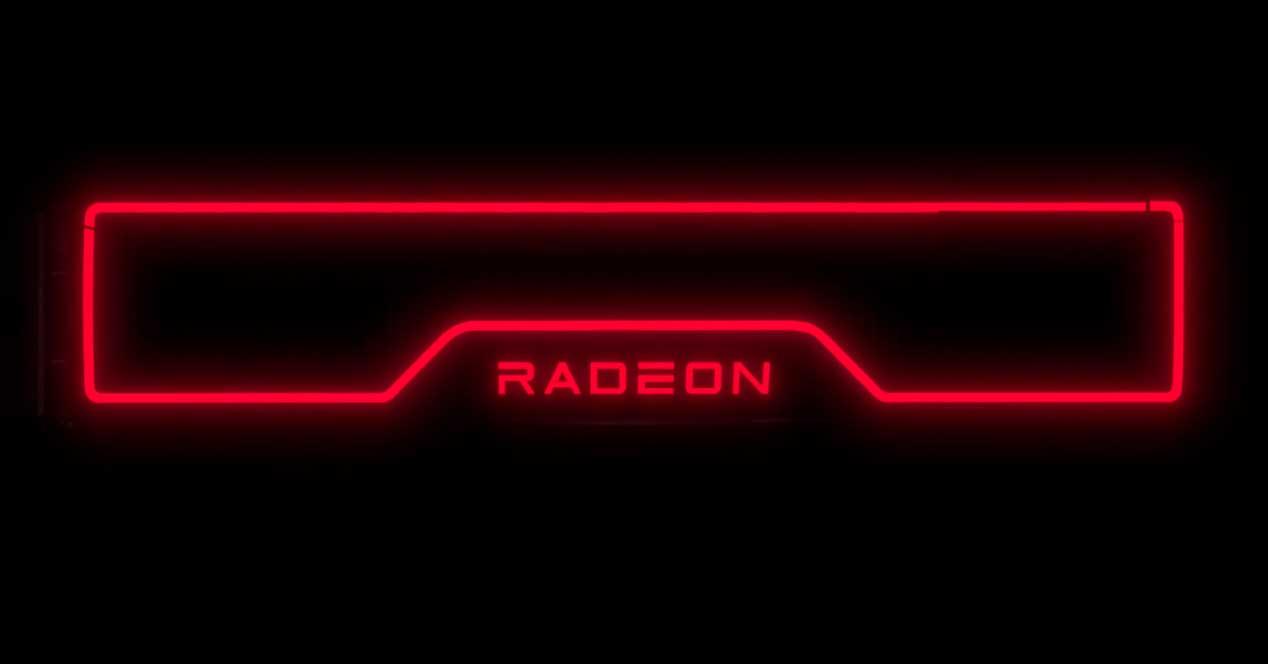Losing all hope of simply competitive prices with high and mid-range graphics cards, everything is now focused on the low-end of these which will arrive with a smaller VRAM and, in theory, out of the reach of miners. . Navi 24 will be one of the biggest representatives in terms of chips, because it will bring the RX 6500 XT and RX 6400, but even though we knew a lot about him, he did have a series of surprises.
By definition, we are certainly talking about the smallest and most powerful chip inside RDNA 2 graphics cards. You get a total surface area of only 141 mm2
One chip, two versions: this is Navi 24 XT
The XT version of this matrix will be the more powerful of the two that AMD will launch on the market and will therefore be implemented exclusively in the RX 6500 XT. Logically, this is the complete chip and therefore its performance is the best, itself housing two Shader Engines with 64 SP and 16 Compute Units which give a total of 1024 shades.
This means that at this point it has half that of the upper Navi 23 chip, which will also reflect in its memory bus of 64 bits.
Although it uses GDDR6 as its key VRAM, the Infinity cache is reduced from 46MB to just 16 MB
What has also been revealed is that the RX 6500 XT will have a consumption of 107 watts, it will therefore require a 6-pin connector for its power supply. This is deductible due to the high frequency you will get, whereas as we saw at the time it could be among the 2.8 GHz and 3 GHz, dhistorical cord on GPUs.
24 XL ships
Obviously, we’re talking about the chip that will bring the AMD RX 6400, the cheapest and least powerful GPU in the entire 6000 series, to life. 768 shaders
On the other hand, the frequency will reach the 2.5 GHz at least, even if the final boost is not really clear. What we do know is that your bandwidth will be 112 GB / s and that its consumption will reach up to 53 watts, so it does not need an external power supply and the PCIe will suffice.
The surprise with this chip is that according to the photos of it and the absence of some SMDs suggest that AMD has capped the PCIe 4.0 bus at a speed of x4. Because? Well, it’s simple: the manufacturing costs and the simplification of the use of simpler PCBs, with less active pins in the connector and therefore the decrease in size of the Infinity Cache would be understandable.
January 4, we will leave doubts.












